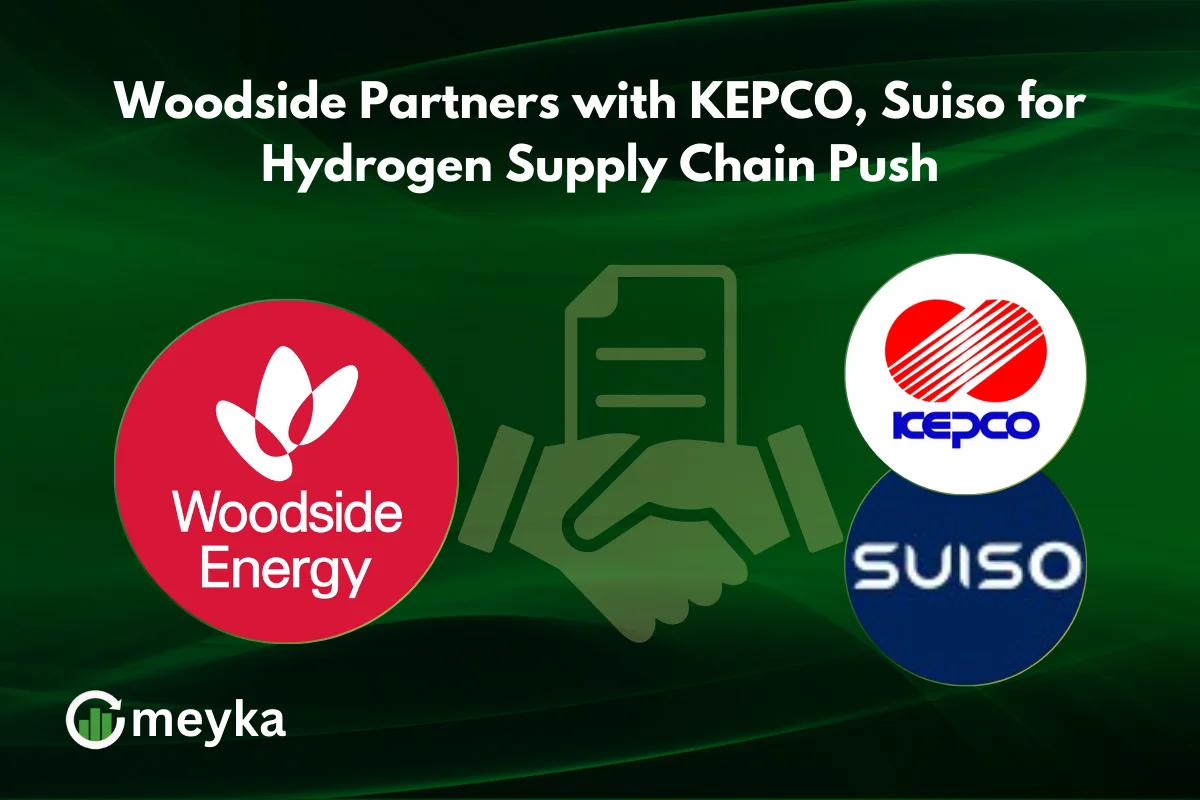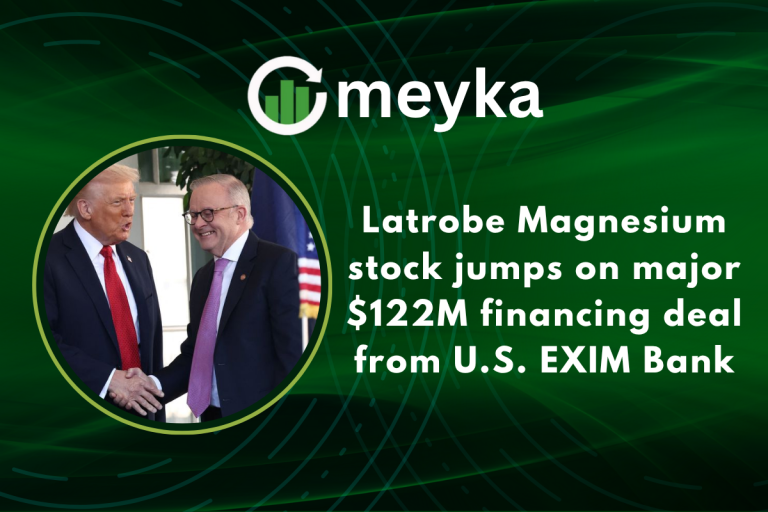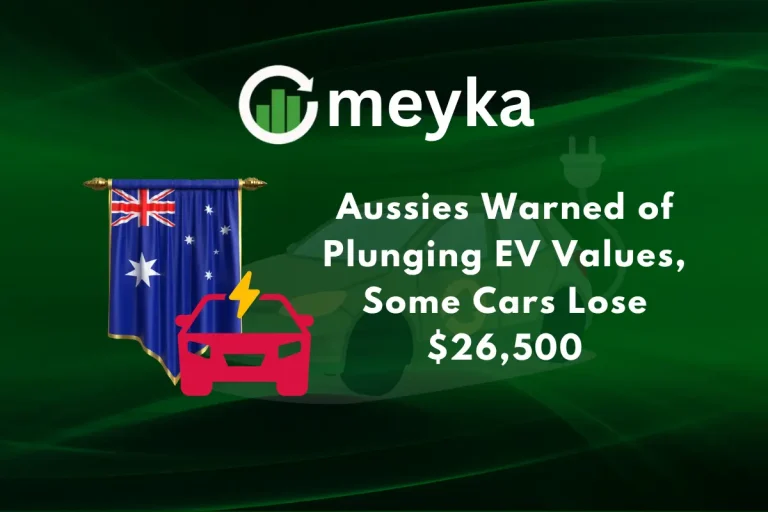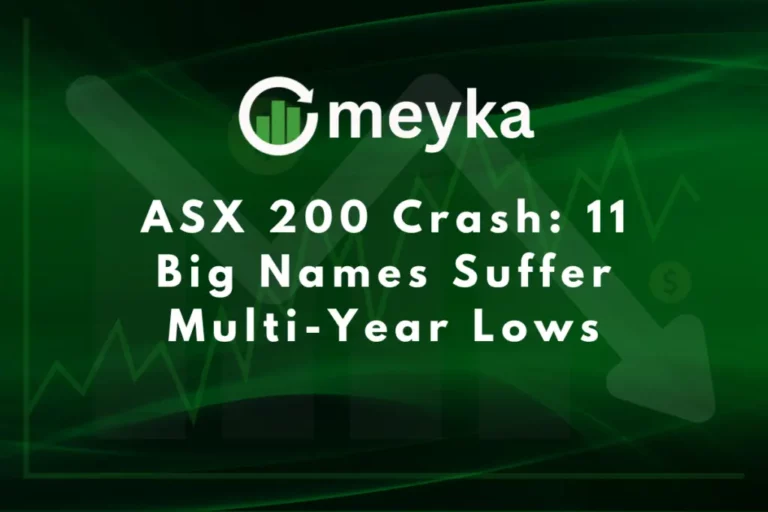Woodside Partners with KEPCO, Suiso for Hydrogen Supply Chain Push
The global energy landscape is changing fast, and Woodside has taken a major step toward shaping the future of clean fuel. The Australian energy company has signed an agreement with Korea Electric Power Corporation (KEPCO) and Suiso to build a sustainable hydrogen supply chain. This partnership strengthens regional energy security while positioning Woodside as a key player in the transition to low-carbon fuels.
Hydrogen is seen as a cornerstone of the clean energy revolution, and countries in Asia are pushing forward with major investments. By partnering with KEPCO and Suiso, Woodside is setting the stage for large-scale hydrogen trade between Australia and South Korea, opening doors to innovation, infrastructure development, and global competitiveness.
Why the Hydrogen Push Matters
The race for clean energy is no longer optional. Governments across Asia and Europe are pushing for net-zero targets, and hydrogen has emerged as a flexible solution. Unlike solar and wind, which rely on specific weather conditions, hydrogen can be stored, transported, and used in multiple industries such as power generation, steel, chemicals, and mobility.
For South Korea, energy security is a top priority. The country imports nearly all of its energy needs, making partnerships like this vital. For Woodside, hydrogen represents a chance to diversify from traditional oil and gas projects while tapping into the rapidly expanding global demand for clean fuel.
Details of the Partnership
The agreement brings together three critical players:
- Woodside: Australia’s largest independent oil and gas company, with expertise in large-scale project development and LNG infrastructure.
- KEPCO: South Korea’s main electric utility company, responsible for generating and distributing the majority of the nation’s electricity.
- Suiso: A hydrogen-focused company working on scalable technology and supply chain innovation.
The partners will explore producing hydrogen in Australia. They will ship it to South Korea for use in power generation and industrial applications. This could involve green hydrogen, produced from renewable sources, or blue hydrogen, derived from natural gas with carbon capture technology.
The focus will be on creating a cost-efficient, reliable supply chain that can serve as a template for other international energy partnerships.
Australia’s Hydrogen Advantage
Australia is emerging as a global leader in hydrogen production. With vast renewable energy resources, the country has the potential to become a major exporter of green hydrogen to Asia. The government has already laid out a national hydrogen strategy, and partnerships like this reinforce that vision.
Woodside’s involvement also ensures that existing infrastructure and expertise in LNG exports can be adapted to hydrogen. The company has decades of experience in large-scale energy projects, giving it a strong foundation to deliver hydrogen at a commercial level.
South Korea’s Clean Energy Goals
South Korea has ambitious goals for clean energy. The government plans to achieve carbon neutrality by 2050 and sees hydrogen as a central part of this strategy. By working with Woodside and Suiso, KEPCO can secure long-term access to reliable hydrogen imports, reducing its reliance on coal and LNG.
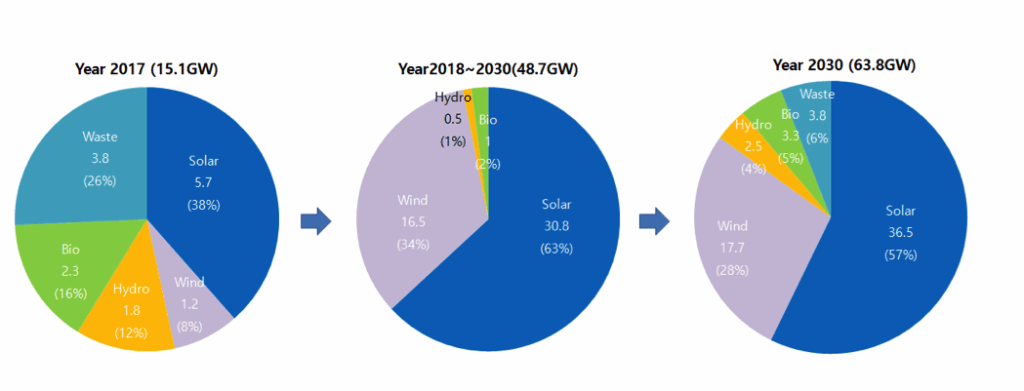
Hydrogen power plants are already being developed in the country, and demand for hydrogen fuel cells in mobility is also growing. This collaboration with Woodside is expected to accelerate adoption, providing both energy stability and environmental benefits.
Implications for the Stock Market
The announcement has implications beyond the energy sector. Investors are increasingly looking at companies aligned with the global clean energy transition. Partnerships like this could strengthen Woodside’s stock performance as it diversifies into future-focused projects.
Hydrogen-related investments are attracting attention in the broader stock market, especially as global demand increases. While AI stocks and technology stocks dominate headlines, energy companies that can pivot successfully toward low-carbon solutions may see long-term growth. This positions Woodside as a key player in both traditional and future energy markets.
Challenges Ahead
While the partnership is promising, challenges remain. Hydrogen production costs are still high compared to fossil fuels, and large-scale infrastructure is required for transport and storage. Blue hydrogen faces criticism due to its reliance on natural gas, even with carbon capture.
Regulatory frameworks, government incentives, and technological innovation will play a critical role in determining how quickly projects like this can scale. However, with strong partners and aligned goals, the collaboration between Woodside, KEPCO, and Suiso stands a good chance of moving forward.
What This Means for the Future
This partnership is more than just a business deal. It reflects a broader shift in the global energy sector toward collaboration and innovation. As Australia pushes to become a hydrogen export leader and South Korea drives toward its clean energy targets, this partnership creates a bridge that can support both economies.
For Woodside, it signals a transformation from a traditional oil and gas company to an integrated energy provider with a focus on sustainability. For investors and stakeholders, it represents a step toward long-term growth and resilience in a rapidly evolving energy landscape.
FAQs
Woodside is diversifying from oil and gas to align with global clean energy demand. Hydrogen provides a scalable opportunity for exports, especially to markets like South Korea and Japan.
KEPCO will be a key off-taker of hydrogen imports, using them for electricity generation and industrial applications. This helps South Korea reduce its dependence on coal and LNG.
Investors who value clean energy innovation and long-term sustainability view Woodside’s move into hydrogen positively. The stock market, however, is influenced by many factors.
Disclaimer:
This content is made for learning only. It is not meant to give financial advice. Always check the facts yourself. Financial decisions need detailed research.
